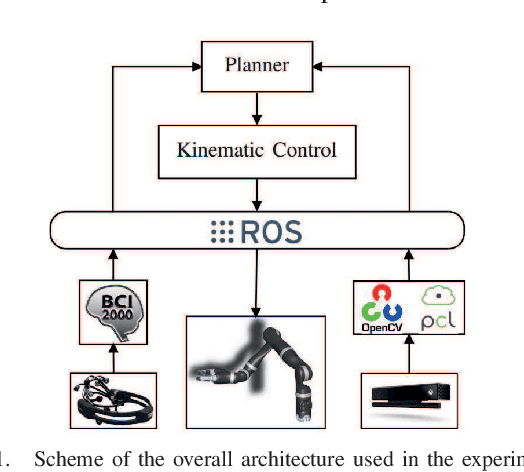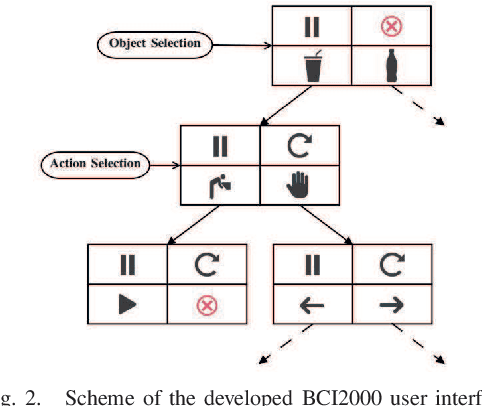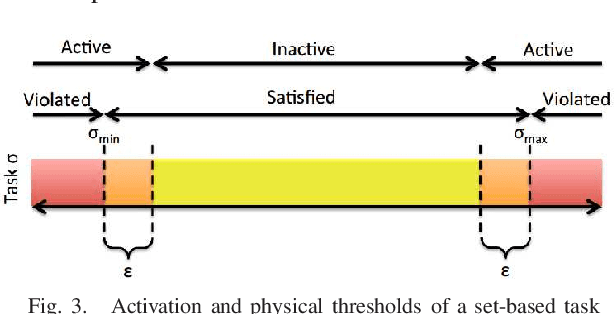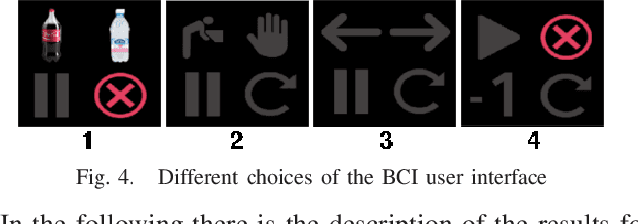Daniele Di Vito
Assistive robot operated via P300-based Brain Computer Interface
May 30, 2019



Abstract:In this paper we present an architecture for the operation of an assistive robot finally aimed at allowing users with severe motion disabilities to perform manipulation tasks that may help in daily-life operations. The robotic system, based on a lightweight robot manipulator, receives high level commands from the user through a Brain-Computer Interface based on P300 paradigm. The motion of the manipulator is controlled relying on a closed loop inverse kinematic algorithm that simultaneously manages multiple set-based and equality-based tasks. The software architecture is developed relying on widely used frameworks to operate BCIs and robots (namely, BCI2000 for the operation of the BCI and ROS for the control of the manipulator) integrating control, perception and communication modules developed for the application at hand. Preliminary experiments have been conducted to show the potentialities of the developed architecture.
 Add to Chrome
Add to Chrome Add to Firefox
Add to Firefox Add to Edge
Add to Edge